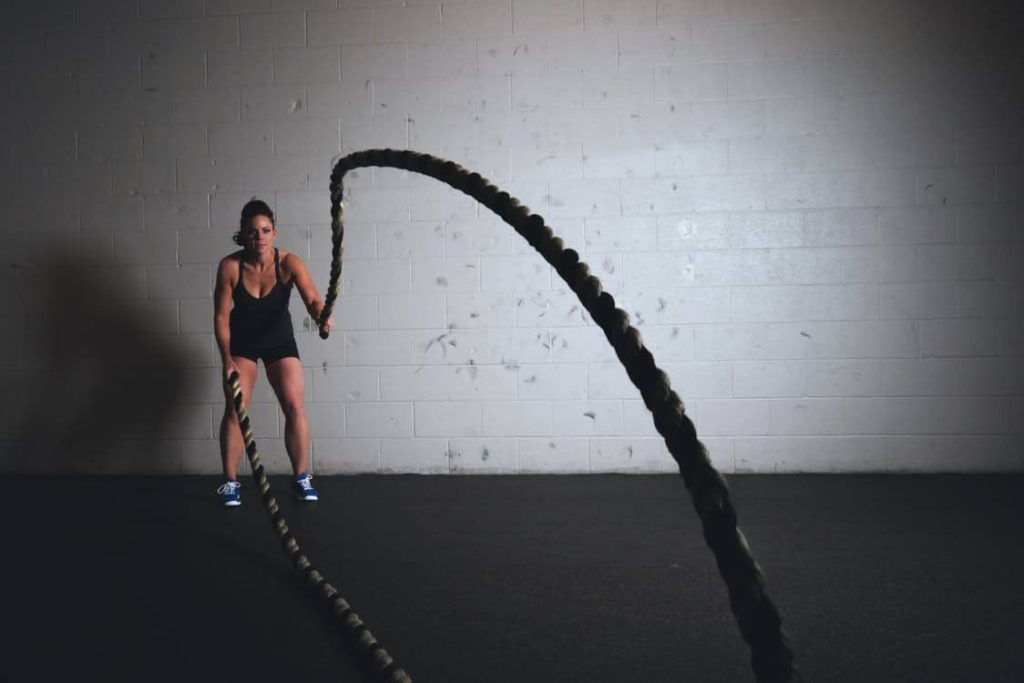This article was last updated on January 11, 2022
Let me guess. You keep hearing about this “meditation” thing but don’t know where to start.
Say no more.
With this mini-guide, you will learn what meditation is, meditation benefits (regardless of religious background), how to get started, plus I’ll try to answer some other beginner questions.
Before we dive in, I want to say that meditation is a very loaded topic. Learning everything there is to know about it, including the many different meditation techniques, could take a lifetime. My aim with this article is not to drown you in a sea of information, but to educate on the basic principles and help you get started.
Beginners’ Guide to Meditation
What is meditation?
In short, meditation is a bunch of different things. The word tends to have many meanings, and there are many different ways to practice it. For your sanity as a beginner, we’ll keep it simple.
I’m going to steal Leo Babauta’s wisdom and define meditation as practicing mindfulness. And to go one step further, we’re going to focus on sitting meditation.
Note: I’ve been a follower of Leo for some time and he has some great thoughts on meditation, especially for beginners. The information I pulled together below is a combination of scientific research, Leo’s methods, and my personal experiences.
Practicing mindfulness is more or less the act of becoming more aware. More aware of your surroundings, your thoughts, and how your body feels. Contrary to popular belief, meditation is not about controlling your mind. It’s about watching it. Noticing it. And being at peace with it.
Meditation is usually done in a quiet place, by yourself, so that there are no distractions, and you can focus solely on your practice.
What are the benefits?
There are a lot of great reasons to practice meditation. Most notably, it:
- Reduces stress
- Eases anxiety and depression
- Increases happiness and self-awareness
- Slows aging
- Improves concentration and focus
- Some research even indicates that a daily practice benefits cardiovascular and immune health.
To quote the folks studying Buddhist meditation at wildmind.org:
“One well-known study trained people in meditation for eight weeks. The participants, who were new to meditation, ended up meditating for an average of 23 minutes a day. At the end of eight weeks, their brain activity had measurably changed, and they showed much higher activation of parts of the brain that are associated with feelings of well-being and less activation of parts of the brain associated with stress. And they were found to have an improved immune response as well. That’s after just 23 minutes a day, on average.”
Through my own experience, and based on the experience of other, smarter people (see below in the commonly asked questions), you don’t need to meditate 23 minutes a day to see the benefits listed above. You can still experience the benefits as a beginner.
How to Meditate in 5 Easy Steps
- Start by scheduling or at least setting aside some time when you plan to practice. Forming good habits, like meditation, is rarely easy. It’s about adding something into your life that doesn’t currently exist, so you must allow it to exist. By scheduling time on your calendar (or at least mentally setting aside some time), you make your intentions known. You will be much more likely to follow through by being intentional. Habits 101.
- Choose a distraction-free environment. Find a quiet place where you can sit and work on your practice. Some people have an easier time in the morning, when no one else is awake yet in their house. Others, like myself, prefer doing it at night. You could even find a nice, quiet spot on a park bench somewhere. The exact location doesn’t matter, you just need a place where you can be left alone for a few.
- Start small. This is the most important piece for beginners. Yes, you probably could sit and meditate for 20 minutes your first go, but that’s not our goal here. Our goal is to build a lasting habit, not to prove how great you can be at meditating once or twice. Change doesn’t happen immediately. It happens slowly and over time. Habits are change. I suggest starting your practice with just 2 minutes. Sure you might not experience all the profound benefits in 2 minutes, but again, we’re working on your habit. Eventually, you can build on that. The next day try 3 minutes. Stick with that for a week until it becomes a no-brainer. Then increase to 5 or 6. Work all the way up until you reach your desired goal of 15, 20, or however many minutes you’d like.
- Focus on your breathing. Close your eyes gently. As you breathe in, imagine your breath flowing into your nose, down your throat, and flooding your body with positive energy. Breathe into your stomach, not your chest. As you exhale, follow your breath back up your throat and out your mouth, releasing the stress and toxins out into the environment. As you do this, your mind will naturally wander. This is normal. When you notice this, simply bring focus back to your breathing. You’re probably going to stink at first (I sure did), but you will get better in time.
- Ending your practice. When you’ve reached your goal or whenever you feel ready, open your eyes and just sit for a moment. Notice how you feel afterward and remember that feeling. It will help you want to keep practicing and chasing that feeling. Great job. You made it through your first session!
So there you have it. We’ve covered:
- What meditation is
- What the benefits are
- How to get started
For those who have never meditated before or those who have tried but failed, I urge you to follow the information in this guide and try again.
Meditation can seem a little scary or frustrating at first, but it’s actually a rather simple, yet powerful practice. It just takes time.
Commonly Asked Questions
I wanted to make sure this guide focused more on forming the habit of meditation than learning too many details and never taking action.
In this section, I’d like to answer some of the questions I frequently hear from beginners. Hopefully, these answers will help you to get started with your practice.
Should I use a guided meditation app like Headspace or Calm to start? Yes. Absolutely. When I first started meditating, I got into Headspace. They have a great guided meditation for beginners. Their 10-day free trial program is amazing, and it even has some really cool animated videos to help explain meditation to you. The program starts with 10-12 minute meditation sessions, but they go by quickly. As a beginner, you can definitely start with these programs but cut your sessions shorter to ease into it.
Does it matter how long I breathe in/out for? In short, maybe. For beginners and even intermediates, no. The important thing is focusing on your breath. My only advice is to make sure your exhales are the same length or longer than your inhales. I started with in for 4, out for 4 seconds.
Do I have to sit like a Buddhist monk? No. If you’re not comfortable in the Lotus position (who really is at first?) then just try sitting on a yoga mat, couch, chair, or whatever. The important part is keeping your spine upright and in its natural curved position. If you can’t sit for medical reasons, then lying down is also acceptable. This tends to be less effective, due to the fact that many people fall asleep during their meditation this way. Sounds like a pretty good tip for people having trouble sleeping, though!
How often should I meditate? Meditation or any mindfulness practice is such a powerful thing, so I recommend once a day, more if desired. The reason this guide is designed to help you form the habit is so you can practice it a little each day, even if it’s not very much. Eventually, meditation can become another thing you do without pause, just like brushing your teeth.
What if I can’t meditate for 20 minutes a day? Is it even worth it? Do whatever length you can manage at first, then work up to whatever you feel comfortable with. Yes, in my opinion, it’s absolutely still worth it. I mentioned Headspace earlier – founder Andy Puddicombe is a former Buddhist monk who says all it takes is 10 minutes a day to see the benefits. Not good enough? Let the doctors behind mindbodygreen explain.





